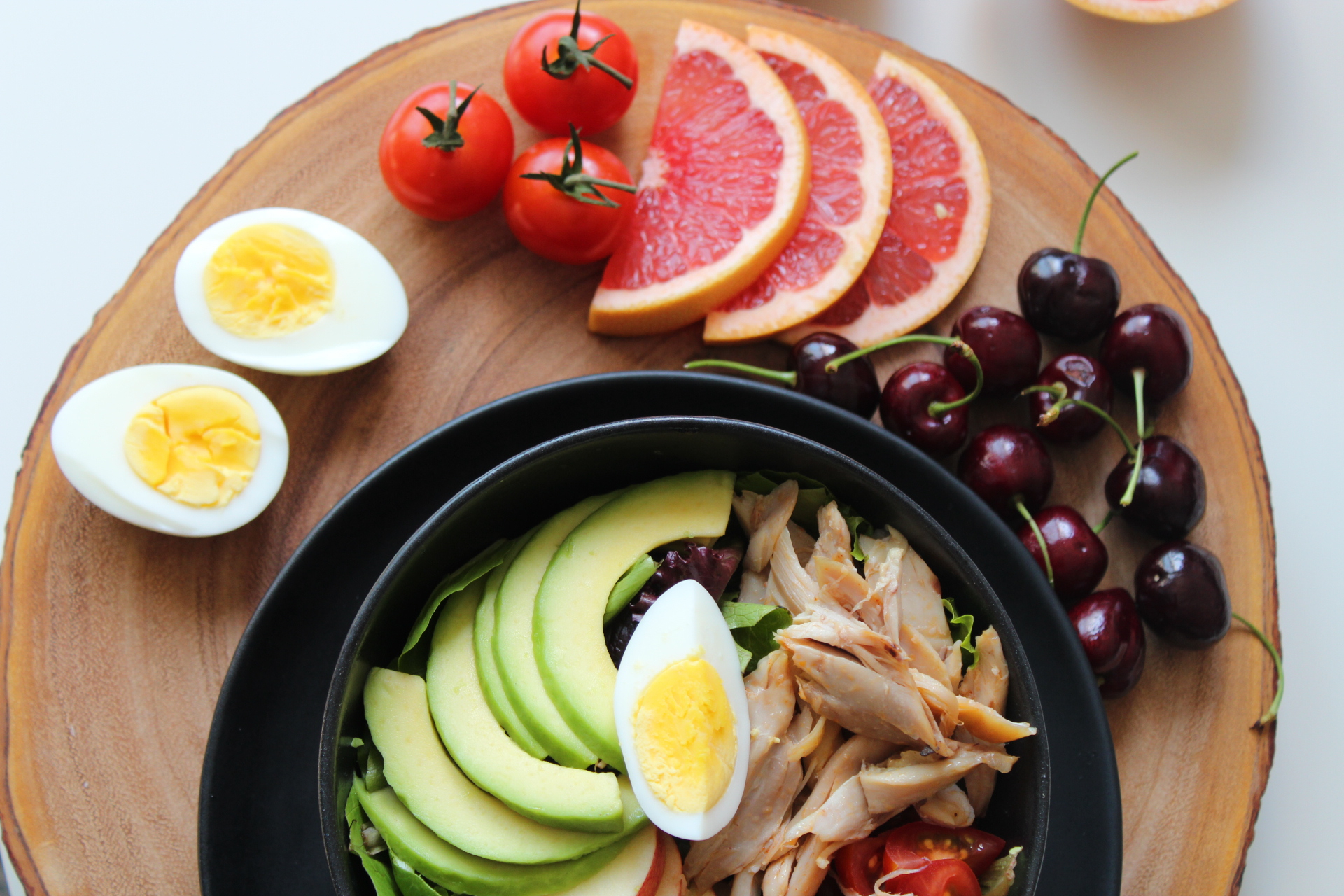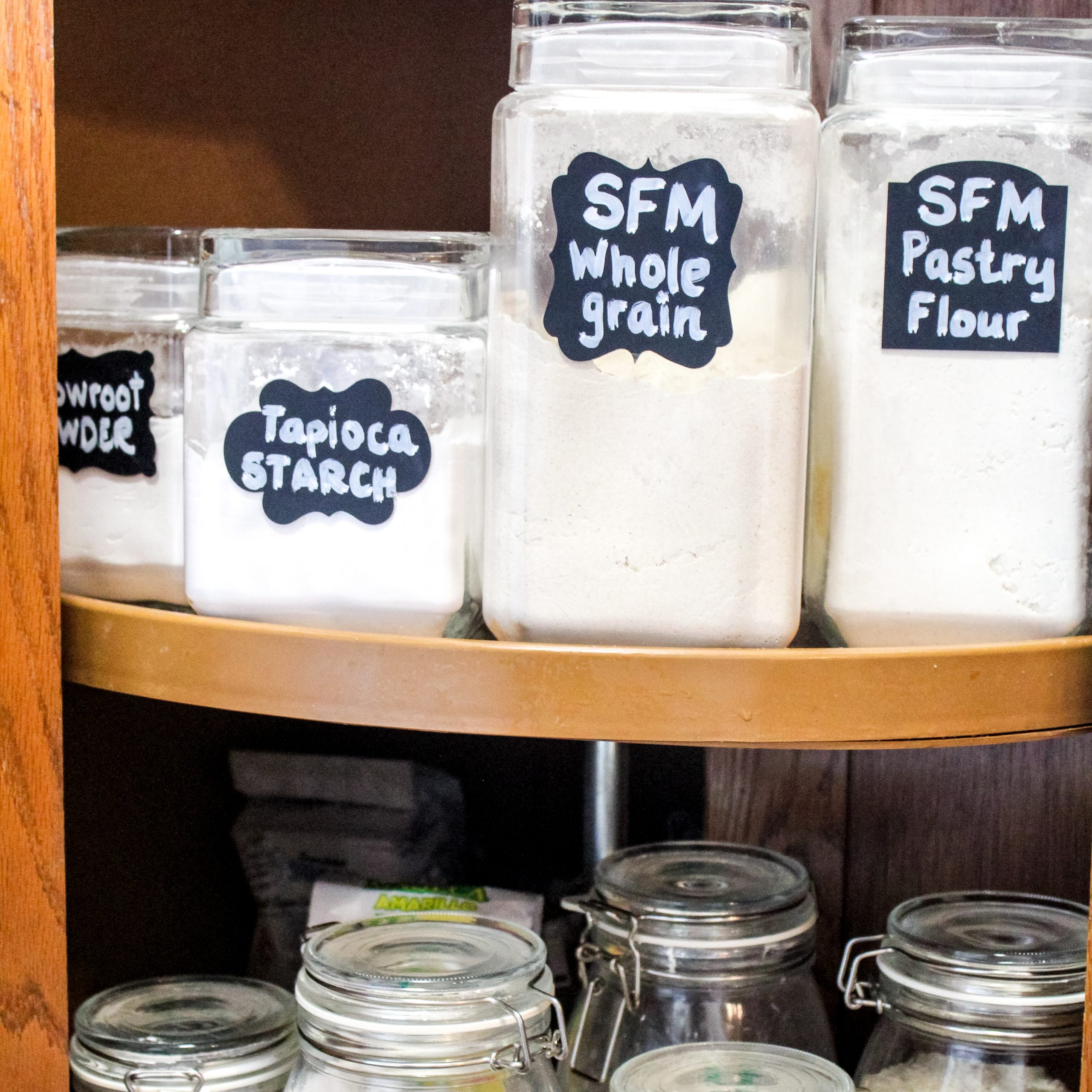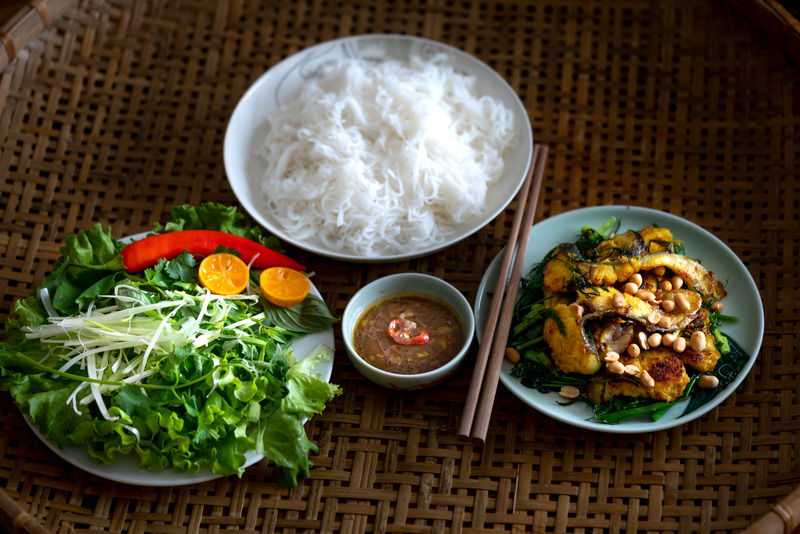
Once you go gluten free, you will realize that there can be a BIG price tag added to this change in diet. Everything seems to cost so much more. I needed to start eating gluten free in college, and I did not have the budget for gluten free groceries. If you are new to eating gluten free, or are looking to cut down on some of your grocery costs, we have 10 tips for you.
***DISCLAIMER – Please consult your healthcare provider about the diet you need to accommodate your gluten sensitivity/Celiac Disease. This is not medical advice, just tips and recommendations. Always read food labels.

Photo by Trang Doan
1. EAT WHOLE FOODS:
Maybe you have heard others say shop around the perimeter of the store. This is an extremely helpful tip when shopping gluten free on a budget. 1) This is where a lot of the healthier, whole food options are, and 2) This is where you can save some serious money. A huge plus here is a lot of the foods that are along the perimeter of the store are naturally gluten free. Think produce, meats, dairy, etc.
Make your meals around whole foods (fruits, vegetables, meats, gf grains, healthy fats) – think about dinner being veggies, a side of gf grains, and some protein of some kind. This will keep you from some of the processed pre-made meals that ADD up! Convenience is nice at times, but if you want to save in the long run, go with the fresh whole foods option.
2. MEAL PLAN:
Whether you eat gluten free or not, this tip will help anyone save money on their next grocery trip. Weeks that I don’t meal prep, I run the grocery store multiple times per week and each time I spend $25-$40. That adds up! Weeks I do meal prep, I spend one solid amount that is far less than my multiple trips.
Write out a list for the week. I like to take into consideration things like:
*WEATHER: Hot days – plan a cold salad, or bbq something. Cold/raining – plan a soup/chili.
*FAMILY EVENTS: Busy day/night – plan something that is easy and quick.
*TIME OF THE WEEK: Right after a grocery trip – plan meals heavy on fresh items that might go bad: ex. Seafood, veggies – often will make a big salad for dinner after a grocery run.
Go through each day and plan out what you and/or your family plan to eat for breakfast, lunch, dinner, and snacks – take into account whole foods, because they will save you money!
I tend to do a really good job at meal prepping my dinners, but you can meal prep you lunches, breakfasts, and snacks. If you eat the same breakfast/lunch then this will be easy.
After finding out I had to go gluten free, I was in college, so living on a college budget, and had to learn to cook everything. This is not sponsored, but my saving grace that helped me budget, learn to put meals together was The Fresh 20. It is a weekly meal plan that lays out your grocery list and meal recipes. You only by 20 fresh ingredients (hence the name) and mix in some of your pantry ingredients. This made transitioning to cooking everything at home super easy – they even had gluten free and dairy free options for all the meals that I just substituted out.

3. MAKE IT YOURSELF:
Time is money and convenience comes at a cost. We all have those days when we just need something fast and easy – but those options will definitely cost more. An easy way to fit gluten free food into your budget is by making things yourself.
A gluten free frozen pizza could run around $8. You could make 2 gf pizzas for the same price.
A 4-pack of gluten free muffins runs around $6. You could make 18 muffins for the same price – eat some now and freeze some for later.
Don’t get me wrong, I definitely have bought gluten free freezer mac and cheese – it is my guilty pleasure, but if you make it yourself, you are bound to keep some bills in the wallet.
You can make it yourself too! Check out our collection of recipes!
4. REPURPOSE / USE EVERYTHING:
This tip refers to not wasting anything! Think about things you might throw out, that you could save for other uses. Some examples:
*BREAD HEELS – We have some eaters who don’t like to eat the heels of the gluten free bread. If you have ever bought gf bread, you know how much every slice is worth. Instead of throwing out those heels of bread, dry them out, food process them, and turn them into gluten free bread crumbs to use later for meatloaf, breaded chicken, etc. GF breadcrumbs can be expensive!
*CORN TORTILLAS – Ever get a bag of broken corn tortillas from the store? Instead of tossing those broken corn tortillas, cut them into strips or pieces and make them into tortilla chips. Easy fix!
*VEGGIE SCRAPS – Instead of throwing out your veggie leftovers (ends of zucchini and carrots, trimmings of veggies) keep a bag in the freezer and add the veggie extras to make veggie broth later.
*CLOSE TO DUE DATE VEGGIES – Have some leftover veggies that are going a little ripe? Dice them all up to make a bolognese sauce or a soup to eat for dinner that night or freeze for later.

5. BUY BULK:
This tip can be a little shocking on the purse strings up front. You will pay more up front for a larger quantity, but your price per unit will be less expensive. Buying in bulk is a great way to save money. You have probably heard of Sam’s Club and Costco – you can buy 48 rolls of toilet paper for dirt cheap! The thinking behind this is the more you buy the more you save, and you are using up less packaging (so the environment will thank you too!)
Did you know that you can buy Sun Flour Mills in bulk? We sell 25 lb. bags of all of our products – baking mixes and flours and they are far more affordable per unit. One 25 lb bag of bulk = 22 boxes of product. With our bulk pricing, if you are wanting to make your own sandwich bread, you can make each loaf for about $3.50 each when divided out from bulk. 22 loaves of bread at $3.50 each! Sounds like a deal to me!
If you are interested in buying in bulk from us, send an inquiry email to contact@sunflourmills.com and we will send you more information on pricing.
6. GENERIC VS. BRAND NAME
Most grocery stores have their own generic brands of just about everything. Don’t be afraid to compare generic vs. brand name foods. You might be surprised at what you find. A few examples:
Aldi– If you are lucky enough to have an Aldi in your area, they have a very affordable gluten free generic brand. (liveGfree)
Soy Sauce – Soy sauce is a product that needs to be cautioned while eating gluten free. It is typically made with wheat, and not so much soy like the name implies. I have found that generic Kroger brand soy sauce is not made with wheat. It is made with no gluten containing ingredients. This soy sauce is a fraction of the cost of other gluten free soy sauces. ***Just remember – ALWAYS CHECK INGREDIENTS.

7. DON’T BE AFRAID OF THE REGULAR AISLES
Depending on how your grocery store is setup this tip could be extremely helpful. If your store has a separate section for organic/health food, don’t be afraid to check out the regular aisles. Many times there are certified gluten free foods in the regular aisles or foods that are naturally gluten free that have a smaller price tag.
8. DELIVERY
This tip works really well if you are an impulse buyer. Right now during COVID-19 many of us might be doing grocery pick-up and delivery and might be saving a little bit of money – here is why. When you grocery shop in store, you view thousands of products. You might pass them by, OR you may just decide to throw it in your cart. These could be things you didn’t put on your list, maybe it was a small candy bar, a plant, something on super sale, a new product, some wine – whatever it may be, you were not originally intending on buying it – which means now your total is higher than anticipated. When you choose delivery (which typically has a cost) you are not adding in extra things you see around the store.
Next time you go shopping, add up how much you purchased that was not on your list, and compare that to the price of delivery/pick-up, maybe you will save some money.

Photo by Quang Nguyen Vinh
9. INTERNATIONAL FOOD MARKET / RECIPES
There are so many other types of food out there from other countries that are based on naturally gluten free ingredients. Try mixing up dinner night and go on a global food adventure!
MEXICAN/SOUTH AMERICAN: Based in corn/masa, rice, beans, vegetables, and meats – Opt for corn tortillas and masa to save money. Did you know you can make tamales, empanadas, arepas, corn tortillas, and papusas with a bag of masa?
INDIAN: Filled with rice, curries, lentils, and chickpea ingredients many Indian dishes are naturally gluten free. Try out pakoras – they are a favorite fried appetizer made with chickpea flour.
ASIAN: Rice, rice noodles, rice paper are all main ingredients in many cuisines. Just be careful with sauces made with soy sauce.
You can buy many of these ingredients at international food markets. These ingredients can oftentimes be less expensive than the grocery store. I often buy my rice flours, tapioca starches, and rice noodles at asian markets. They are very affordable!
10. BUY DIRECTLY FROM THE SOURCE
If you have a favorite gluten free brand, check out their website. Sometimes you can get their product cheaper than what you would pay at the store. Some companies might even have coupons or sales on their online stores. Also, consider joining a company’s email list for future coupons, and follow them on social media for exclusive deals and giveaways. When a company sells to a store there are many middle men, which means more fees and that is what increases the price, sometimes they can offer their product cheaper without all the middle men.
Have any more gluten free budget tips or additions? Comment below and let us know!

0 Comments